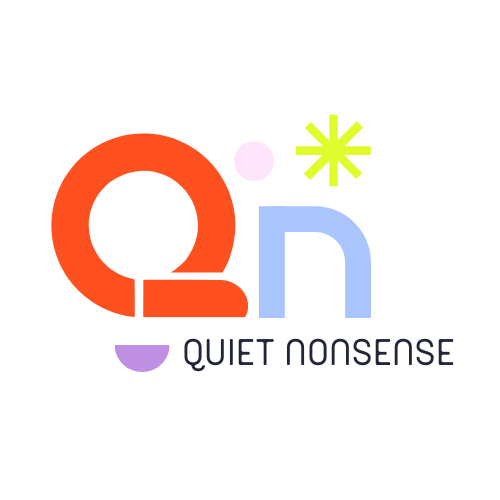The Essential Guide to Modern Web Design: Trends, Tips, and Best Practices
In today's digital landscape, a well-designed website is more than just an online presence; it's a critical component of your business strategy. With the ever-evolving nature of web design, staying current with the latest trends and best practices can set you apart from the competition and significantly enhance your user experience. In this article, we'll explore the key elements of modern web design, from emerging trends to essential best practices, to help you create a site that not only looks great but also performs exceptionally.
1. Embracing Responsive Design
Why It Matters: With the rise of mobile browsing, responsive design is no longer optional—it's a necessity. Responsive web design ensures that your website looks and functions well on all devices, from smartphones to desktops.
Best Practice: Use flexible grid layouts and media queries to adapt your site's layout and content to different screen sizes. This approach guarantees that users have a seamless experience, regardless of the device they're using.
2. Prioritizing User Experience (UX)
Why It Matters: A website's success is largely determined by how easily users can navigate it and find the information they need. Prioritizing UX ensures that your site is intuitive, engaging, and user-friendly.
Best Practice: Focus on creating a clear and logical navigation structure, fast load times, and accessible content. Incorporate elements like intuitive menus, prominent calls-to-action (CTAs), and straightforward forms to enhance user satisfaction.
3. Leveraging Visual Storytelling
Why It Matters: Visual storytelling helps convey your brand's message and values more effectively than text alone. Engaging visuals can capture attention and create a memorable impression.
Best Practice: Use high-quality images, videos, and graphics that align with your brand's identity. Incorporate multimedia elements strategically to tell a compelling story and guide users through your site.
4. Incorporating SEO Best Practices
Why It Matters: A beautiful website is of little use if it doesn't rank well in search engine results. Integrating SEO best practices ensures that your site is visible to potential visitors and ranks higher in search engine results pages (SERPs).
Best Practice: Optimize your site with relevant keywords, meta descriptions, and alt text for images. Ensure that your content is valuable and relevant, and focus on building high-quality backlinks to improve your site's authority.
5. Focusing on Speed and Performance
Why It Matters: Website speed and performance are crucial factors in both user experience and search engine ranking. Slow-loading sites can lead to higher bounce rates and lower search rankings.
Best Practice: Optimize images, leverage browser caching, and use content delivery networks (CDNs) to improve load times. Regularly test your site's performance and make adjustments as needed to ensure a fast and smooth experience for users.
6. Keeping Up with Design Trends
Why It Matters: Staying updated with the latest design trends helps keep your website fresh, modern, and relevant. Trends can also inspire innovative design solutions that enhance user engagement.
Best Practice: Explore current design trends such as minimalism, bold typography, and micro-interactions. While it's important to incorporate trends thoughtfully, ensure that they align with your brand and overall design strategy.
7. Ensuring Accessibility
Why It Matters: Web accessibility ensures that all users, including those with disabilities, can access and interact with your site. Making your site accessible is not only a legal requirement but also a way to reach a broader audience.
Best Practice: Follow accessibility guidelines such as the Web Content Accessibility Guidelines (WCAG). Provide alternative text for images, ensure sufficient color contrast, and make your site navigable with a keyboard.
Modern web design is a dynamic field that combines aesthetics with functionality to create exceptional user experiences. By embracing responsive design, prioritizing UX, leveraging visual storytelling, incorporating SEO best practices, focusing on speed, keeping up with trends, and ensuring accessibility, you can build a website that stands out and performs effectively.
At The Quiet Nonsense, we're passionate about creating websites that not only look stunning but also deliver outstanding results. Whether you're looking to refresh your current site or build a new one from scratch, our team is here to help you every step of the way. Contact us today to get started on your web design journey and take your online presence to the next level!
